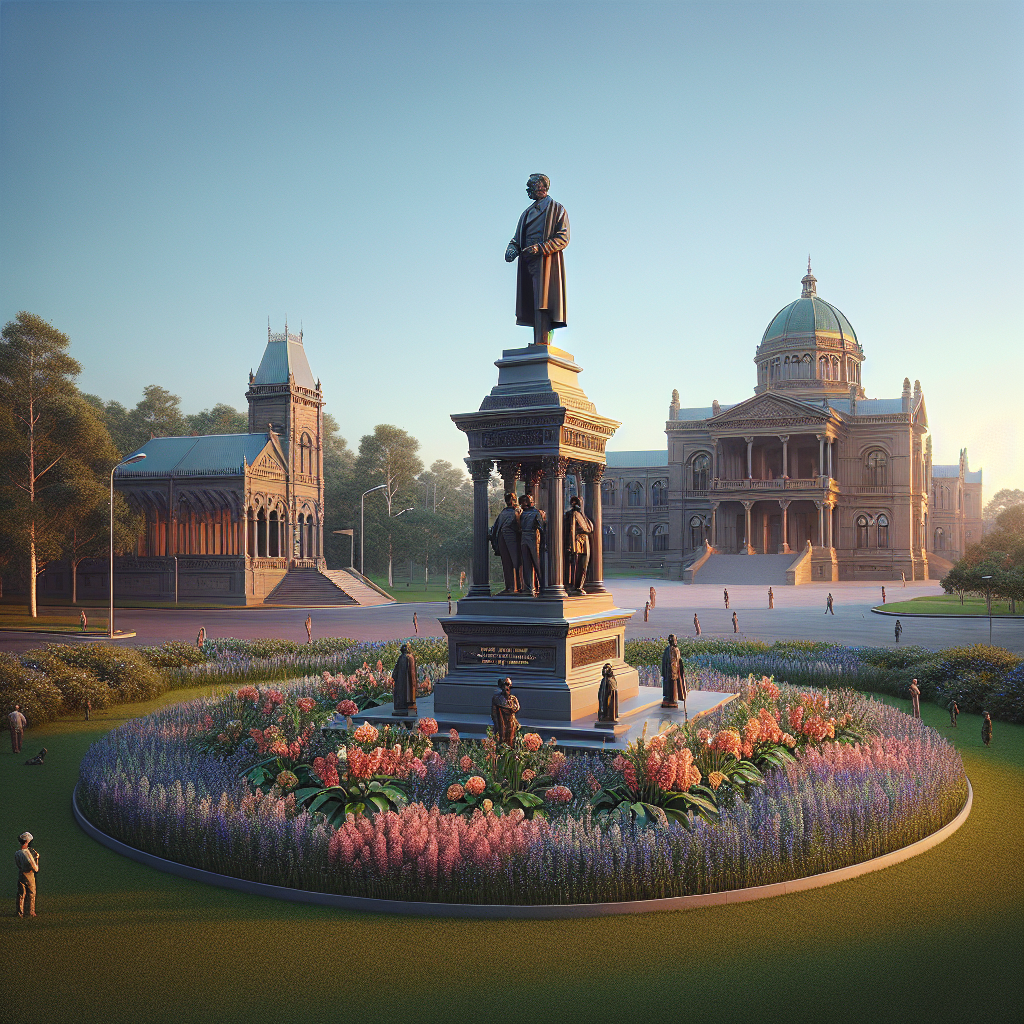Bangladesh Protests: The Symbolic Legacy of Dhaka's Monuments
In the heart of Dhaka, Bangladesh, memorials such as 'Shaheed Minar' and 'Raju' sculpture have emerged as symbols and focal points for recent anti-government protests. These historical sites not only honor past struggles from the Bengali language movement to the 1971 Liberation War but also fuel the ongoing student-led resistance against political impositions, culminating in the fall of the Sheikh Hasina-led government in August 2024.

- Country:
- Bangladesh
Memorials like 'Shaheed Minar' and 'Raju' sculpture in Dhaka have become emblematic of recent anti-government protests in Bangladesh. These monuments symbolize resistance and honor past struggles, including the Bengali language movement and the 1971 Liberation War.
Located in the Dhaka University area, these sites have witnessed significant student-led resistance. The protests, which began in July, escalated nationwide, leading to the resignation and fleeing of Prime Minister Sheikh Hasina on August 5, 2024.
Dhaka's history is replete with public movements, and these memorials serve as living legacies that inspire current activism. Artworks and murals across the city reflect this spirit, with students demanding political reform and remembering past victories.
(With inputs from agencies.)
ALSO READ
Sheikh Hasina's Fierce Rebuke of Yunus Regime: A Fight for Justice
Sheikh Hasina Alleges Conspiracy Behind Student Protests Leading to Her Ouster
Exposed: Sheikh Hasina's Alleged Involvement in Bangladesh's Enforced Disappearances
Unfolding The Truth: Investigating Sheikh Hasina's Alleged Involvement in Enforced Disappearances










